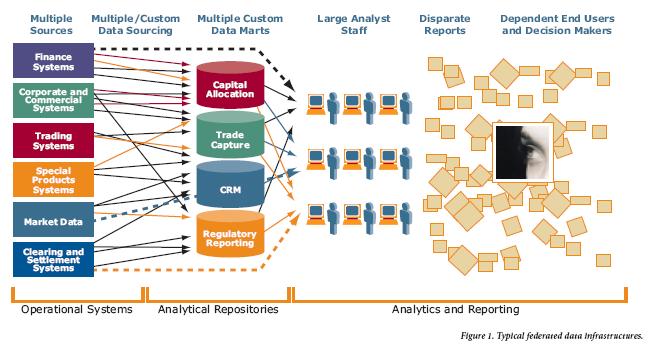The 10th IMN South African and African Capital
Markets Conference attracted over 600 delegates from across the globe in on the 22nd of November 2012. Converging
at the Westin Grand in Cape Town, were the brains and pockets behind chiseling into shape, Africa’s capital
markets which for decades have remained generally untapped.
Still experiencing growing pains, African capital markets
akin to the continent’s economy have drawn the world’s attention as fertile
hunting ground for higher returns.
“There has been strong development of local currency debt
capital markets in many countries in
Africa as well as unprecedented interest by offshore investors for African
credit risk as they turn away from near zero interest rates environments in the
developed world and search for yields elsewhere.” Megan McDonald, Head - Debt Primary Markets, Standard Bank
Around this period
last year, the word on issuers, bankers and investors' lips what “Eurobond”. The
IMN Conference coincidentally fell just about two months after the historic Zambian
sovereign Eurobond. A USD denominated 10
year bond which raised $750million and was oversubscribed resulting in an
order book value of $12billion. Excitement at the prospect of more sovereign and
corporate issuances in Namibia, South Africa, Angola and Nigeria was in the air.
Fast-forward, one year later, the IMN conference goes into
its 11th year. Taking a look back at the past 12 months, economic tremors of varying
magnitudes have swept the globe but Africa continues to register growth.
Critics would render Africa’s growth story nothing to write home about but with
liquidity in the capital markets seeking crevices through which to match
assets, Africa is on track to catch up with the rest of the world.
Marking the beginning of the 10th IMN conference
for emerging markets in Africa questions that lingered above the meeting revolved around:
- · Africa’s institutional capacity
- · Underdeveloped markets with relatively undeveloped yield curves
- · High interest rates – a deterrent of poverty eradication
In a week, a wider pool of delegates will
converge in Cape Town to behold and review the progress made over the past
twelve months and project into the future.
·
Are Africa’s capital markets developing too
quick too soon?
·
Is Africa transformed institutionally to make
current and future investments worthwhile for investors?
·
If Africa has seen inflows of funds in other
forms and failed to realise tangible growth over the decades, will the story
change now?
·
With many African countries healing from the
debt burden lifted under the HIPC debt review initiative, is Africa ready to take on more debt?
·
Africa needs approximately $100billion worth of
investment per annum to develop her infrastructure, are capital markets the only solution?
These are questions I hope we can all explore
as we take a close look at financing Africa’s development at The 11th Annual South African & African
Capital Markets Conference.
